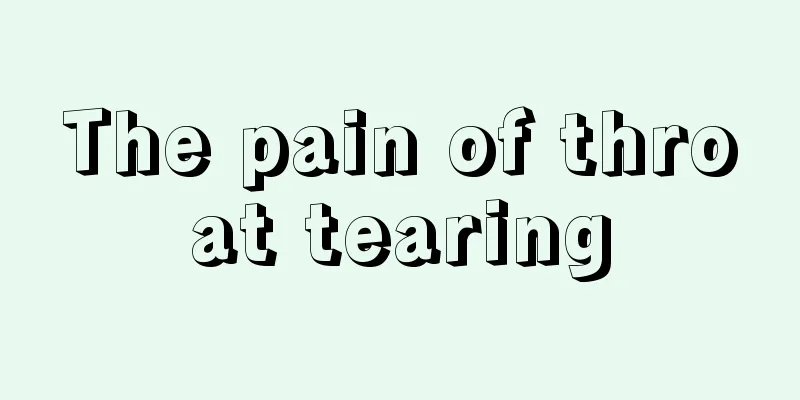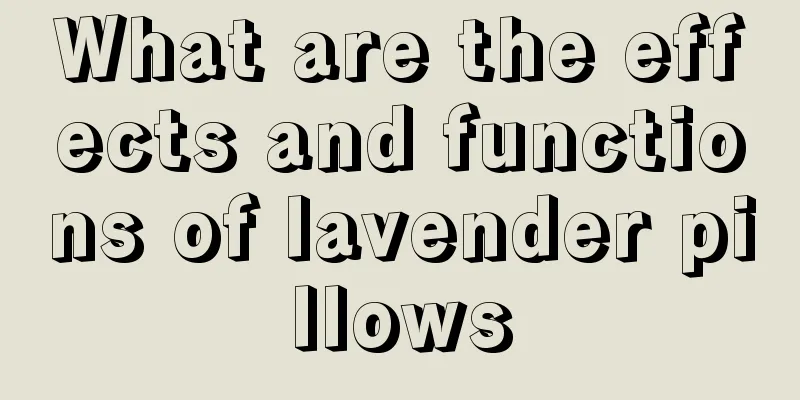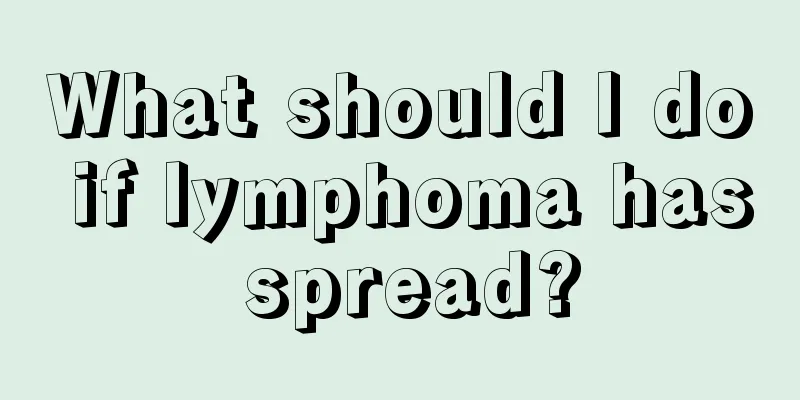Are gallbladder polypoid lesions serious?

|
Gallbladder polyp is of course a serious problem. If it is not treated properly, it will pose a threat to the health and life of the body. Therefore, it is necessary to first pay attention to a clear diagnosis of whether there is a lesion, and then take scientific treatment measures according to the situation. 1. Gallbladder polyp-like lesions are relatively serious. If treated well, lesions will generally not occur. In severe cases, surgical removal is required, and it can be treated with drugs. You should pay attention to rest, avoid staying up late and being tired. Keep a regular daily schedule, and maintain a good attitude, which is conducive to a quick recovery. You can eat more vegetables, such as cabbage, bell pepper, lettuce, bamboo shoots, beans and other foods, and eat more fruits like apples, strawberries, cherries, pears, etc. Appropriate activities every day are beneficial to digestion. 2. B-ultrasound examination: The method is flexible, accurate, non-invasive, repeatable, inexpensive, and easily accepted by many patients. It can accurately show the size, location, number, and condition of the cyst wall of the polyps. The typical manifestation of B-ultrasound is the presence of strong or slightly strong echogenic light masses in the form of dots, small lumps or sheets on the gallbladder wall, which are usually followed by silent shadows. Spherical, mulberry-shaped, papillary and nodular protrusions can be seen, and even the pedicles of polyps can be shown. Yang Hanliang et al. reported that the detection rate of PLG by B-ultrasound was 92.7%, the specificity was 94.8%, the false positive rate was 5.2%, and the accuracy was significantly higher than that of CT. They believed that BUS could clearly show the location, size, number and local changes of PLG in the gallbladder wall, and was a simple and reliable diagnostic method. 3. Three-dimensional ultrasound imaging can give the gallbladder a three-dimensional sense of spatial orientation, has good sound transmittance, and has the effect of directly viewing the gallbladder cross-section, which can make up for some of the shortcomings of two-dimensional imaging. It can not only observe the size and shape of gallbladder polyps, but also distinguish the relationship between the polyps and the gallbladder wall. In particular, two-dimensional imaging of polyps on the posterior wall of the gallbladder often cannot clearly distinguish whether there is a pedicle and the range and depth of attachment of the pedicle to the gallbladder wall. Three-dimensional reconstruction can observe the continuity of lesions and the condition of the lesion surface through the rotation of different sections, which helps to improve the differentiation of gallbladder polyps from gallbladder adenomas or cancers. |
<<: How to kill pubic lice eggs, a few tricks to help you
>>: The cause of pubic lice, attention should be paid to hygiene
Recommend
What should I do if my heels rub my feet?
Many girls feel wonderful after buying a pair of ...
What should I do if I always have a headache in the afternoon
If you have a headache in the afternoon but it is...
What are the symptoms of motion sickness in children?
In our cognition, many adults will have symptoms ...
Ways to treat insomnia
The method to treat insomnia is something that ma...
What is the best way to treat primary liver cancer? What are the symptoms of liver cancer?
Due to its high malignancy, rapid progression, di...
How to wash white clothes stained with red wine
Beautiful white items are the first choice for ma...
What to do if you suffer from insomnia caused by deficiency of Qi in the heart and gallbladder
Insomnia due to deficiency of heart and gallbladd...
How to apply blush to make your face look thinner
Nowadays, makeup has become an art. In addition t...
What is the point of 250 degree myopia
Many people suffer from myopia due to improper ey...
Can radiotherapy and chemotherapy be used for advanced nasopharyngeal carcinoma?
Clinically, for patients with advanced nasopharyn...
What are the methods for treating rhinitis?
The treatment of rhinitis should of course be car...
Why is there white stuff on armpit hair
In the summer, people sweat more and some problem...
Gastric Band Surgery
With the gradual improvement of living standards,...
How high is the cure rate of nasopharyngeal carcinoma and is related to treatment methods and diet
What is the cure rate of nasopharyngeal carcinoma...
Growth rate of small liver cancer
The growth rate of small liver cancer is affected...









